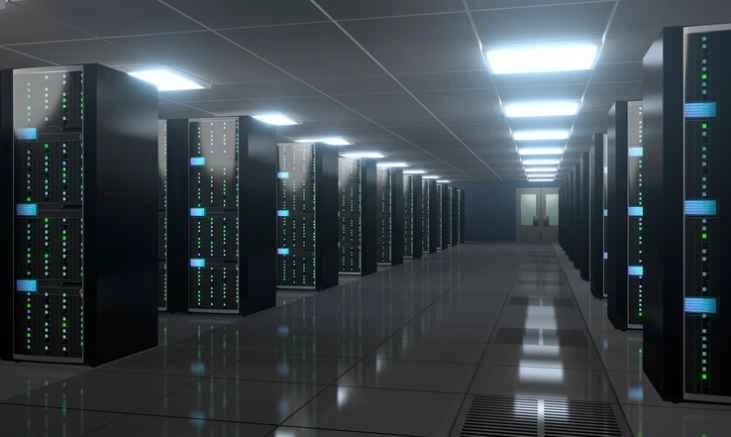In today’s fast-paced business environment, accessing and sharing data seamlessly across various locations has become an absolute necessity. Network Attached Storage (NAS) solutions have surged to the forefront, offering a streamlined approach to managing data in an increasingly remote and collaborative world. This blog post delves into the realm of NAS, explaining its importance, features, and how it compares to alternative storage options, ensuring you make an informed decision for your enterprise needs.
Introduction
What is NAS (Network Attached Storage)?
NAS is a specialized storage solution that connects directly to a network, allowing multiple users and client devices to access and share data concurrently. Unlike traditional storage devices, NAS systems offer dedicated hardware and software that streamline file sharing and storage management within a network.
Importance of NAS in Business
Remote Data Access and Sharing
In light of recent global shifts toward remote work, NAS storage has become invaluable for businesses requiring robust data accessibility. It allows employees to access files from different locations as if they were in the office, paving the way for collaboration and productivity without geographical constraints.
Scalability and Flexibility
One of NAS's significant advantages is its ability to grow with your business. Additional storage can be added as needed, and its network-connected nature means it can serve an increasing number of users without losing performance.
Data Security and Backup
With cyber threats on the rise, protecting sensitive business data is more critical than ever. NAS systems often come with built-in security features such as encryption and can be configured for automatic backups, ensuring your data is protected and recoverable.
Cost-effectiveness
Implementing NAS can be more cost-effective than other solutions when you consider the total cost of ownership, including management and scalability. Plus, it doesn't require a substantial upfront investment, making it attainable for businesses of all sizes.
Key Features of NAS
Centralized Storage
NAS provides a single location for storing and managing files, simplifying data governance and streamlining the process for users to find and access data.
File-Level Access
A hallmark of NAS is file-level storage, giving users the ability to manage files individually rather than at the block level, which is more common in other types of storage.
RAID (Redundant Array of Independent Disks)
Many NAS systems employ RAID configurations, which spread data across multiple disks. This not only boosts performance but also adds redundancy, guarding against data loss if a drive fails.
Data Deduplication
NAS systems can optimize storage by eliminating duplicate copies of data. Data deduplication minimizes space required, which translates into cost savings.
Snapshot and Versioning
Snapshot capabilities allow NAS systems to record the state of the system at precise points in time, enabling recovery from inadvertent changes or deletions. Versioning extends this functionality by keeping historical versions of files.
NAS vs. Other Storage Solutions
NAS vs. SAN (Storage Area Network)
While SAN is also used for network storage, it is more suited for block-level storage and is typically implemented in environments where performance and low latency are top priorities.
NAS vs. DAS (Direct Attached Storage)
DAS refers to digital storage systems directly attached to the server or computers, limiting remote access capabilities. While simpler and often faster for the attached device, it lacks the networking prowess of NAS.
NAS vs. Cloud Storage
Cloud storage offers offsite data storage and is accessible from anywhere with an internet connection. While cloud storage can seem similar to NAS, it often incurs ongoing fees and can introduce concerns regarding data sovereignty and control.
Best Practices for Implementing NAS
Assessing Storage Needs
Understand your organization's current and future data storage requirements to select a NAS system that fits your needs without overinvesting in unnecessary capacity.
Choosing the Right NAS Solution
Examine aspects such as performance, capacity, reliability, and support when selecting a NAS solutions. Consider the needs of end-users and the compatibility with existing systems.
Setting Up NAS System
Ensure that your NAS is configured correctly to balance performance, capacity, and data protection. Accurate setup lays the groundwork for an efficient and secure storage environment.
Data Protection and Backup Strategies
Employ regular backup schedules, redundancies, and verify your disaster recovery plans adhere to best practices to preserve the integrity and availability of your data.
Case Studies
Read success stories of diverse businesses that have leveraged NAS to their advantage, transforming challenges into opportunities, and fostering growth.
Conclusion
Remote data access, sharing, and security are more crucial than ever in today’s business landscape. NAS offers a versatile solution that bolsters these aspects, fostering an environment where collaboration and data protection can coexist harmoniously. By understanding the benefits and importance of NAS in business, you can equip your enterprise with the right tools to navigate the digital terrain ahead.


